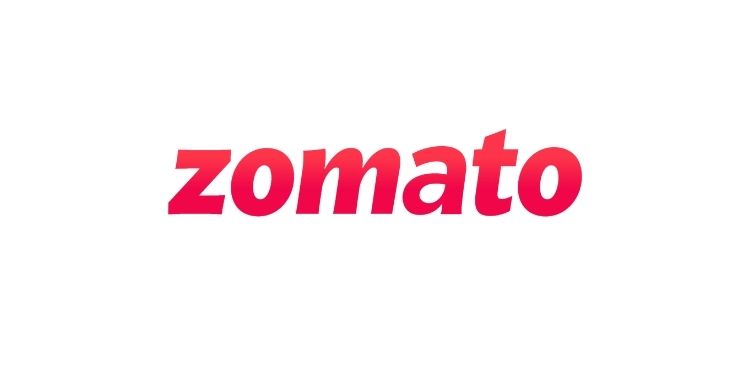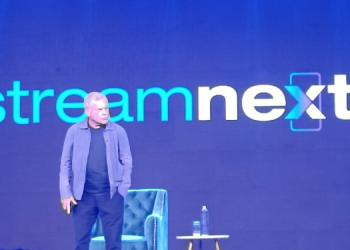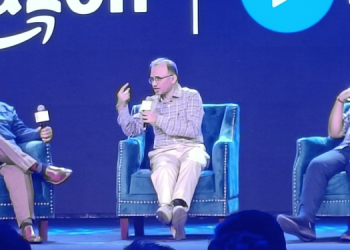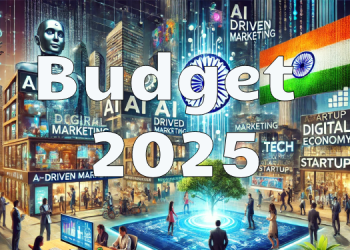Enough has been spoken about the term localization by marketing experts, brand custodians, and brand owners on different occasions. But how many of the brands adhere to or understand the actual meaning of localisation is a question in itself. Localization and the need for it has surfaced again with the food delivery app Zomato landed in soup with recent controversy where the app’s customer care executive has schooled a customer from Tamil Nadu that Hindi was India’s national language. Zomato faced backlashes on the social media platforms following which the food delivery app issued a public apology statement regretting the behaviour of the customer care agent and their negligence towards the diverse culture of the country. Zomato also stated that they are building a Tamil version of the app and are in the process of building a local Tamil call/support centre in Coimbatore.
When brands like Zomato are spending humongous on the marketing and advertising requirements, why does the term localization just remain for namesake?

According to Vipul Mathur, Founder Director- BrandAid Events Pvt Ltd and FanTam Brands Pvt Ltd, with a developing country like India getting the concept of localization right in such a fast-changing world, is going to take some time and a lot of effort.
“We come from a country that comprises 28 states and 8 union territories 121 languages and 270 mother tongues with each of them having their cultures and beliefs. For a country of such diverse nature the concept of localization is very complex and diverse. Anyone who has worked in a corporate firm will be able to relate to the importance and value that diversity and inclusion holds. With a developing country like India getting the concept of localization right in such a fast-changing world, is going to take some time and a lot of effort,” says Vipul.
“However, in today’s market environment which is filled with competition, it is imperative that companies quickly adopt localization and customization for survival. Pleased to see that most of them are,” he added.

“Localization is not just about customisation or tweaking marketing and communication strategies for a particular geographical area”, observes Pavan Padaki, author Brand Vinci and Branding coach.
According to him, true localisation can be measured by studying how well or to what extent the local market has accepted a brand as its own. And for that, the way the brand interacts, responds, addresses the local needs, participates in local events etc. become critical factors.
“Localisation is a process that evolves over a period of time. An ‘outside brand’ will need to be sensitive and work its way through the neighbourhood like any new kid on the block, by making new friends, building relationships, discovering and adapting to subtle local culture and behavioural nuances. Ultimately the brand needs to mingle, socialise, blend in and make it belong locally and not merely advertise its arrival or its existence,“ adds Pavan.

“Localization has its own challenges for a business and it has cost implications,“ opines Kaustav Das, CEO- Ralph & Das.
“Would a consumer be willing to pay more for localization? If not, what stops the consumer from using an alternative localised service?” asks Das.
“The dynamics of demand, supply and fair value paid for a service should be what decides how much localisation should be achieved. Not our whims and fancies,” adds Das.

In my opinion, brands are making an attempt to localize content and communication, but considering the fact that we are still in the early stages, there will be some hits and misses. A lot of brands are trying to do their best at hyperlocal but a lot of it will improve only by trial and error, says Rajeesh Rajagopalan, National Business Head-Grapes Digital
Are the brands doing enough to connect hyperlocal with the consumers in true spirit?
As per Ramesh Narayan, Mancom Member India Chapter International Advertising Association (IAA), every brand that seeks to connect hyperlocal with the consumer may have to operate through well-established intermediaries. It would definitely be their wish and endeavour to provide a good product at a great price in record time. But all the aspects in between may not be entirely in their control.
“Brands are certainly making efforts to become hyperlocal. However easy it may sound but being Hyperlocal is very cost heavy on companies. It is very subjective and will have a varied answer based on the kind of brand/service/product life/volume etc. If we talk about food delivery services, they are already hyper-local. However, a hyperlocal customer services centre, entails higher capital for set up and maintenance. Companies which are working on a thin margin find it difficult to afford such added expenses, on the other hand, consumers aren’t ready to pay heavy delivery charges,” opines Vipul.
According to Das, the brands are paying lip service to it for now.
“But one can’t blame them. They probably do not see a crying business need in doing that yet. The serious localised challenge to the service would change that dramatically,” he adds.

Questions and opinions pertaining to tolerance and inclusivity have also surfaced with Deepinder Goyal, Founder & CEO Zomato issued a statement, “An ignorant mistake by someone in a support centre of a food delivery company became a national issue. The level of tolerance and chill in our country needs to be way higher than it is nowadays. Who’s to be blamed here?”

“There are two aspects to this comment. On the one hand, social media has empowered the consumer hugely. He/she will react to what they feel is poor service and that reaction could be amplified as well. It is up to marketers to have a good team in place so that complaints could be redressed in real-time. In most cases, the fact that the marketer does not react, or does not react quickly enough blows the issue out of proportion. On the other hand, an ideal world would see the consumer think twice before pressing the social media button. But whoever said we lived in an ideal world,” observes Ramesh Narayan.
It is true that in today’s time news has become sensitized. The growth of social media has helped amplify the same which in turn has had an effect on the way news is reaching people.
Today’s public/consumer is just not ready to be tossed around from place to place when they are wanting an answer to their problem. Issues of such nature are very likely to have happened in the past with many companies but the only reason the public knows of Zomato faux pas today is due to the growth of social media. Unfortunately, because of such frivolous PR, consumers think a simple post can not only make them famous but also feel powerful to influence company’s decisions,” observes Vipul.
“A lot of consumers are also misusing this power which rests in their hands. Free food, free products dolled by the companies are also responsible for this misuse. There is a huge shift in the way the market or marketing works today. Coming back to the statement, I feel that the company’s actions and statements could have been more mature,” concludes Vipul.

















